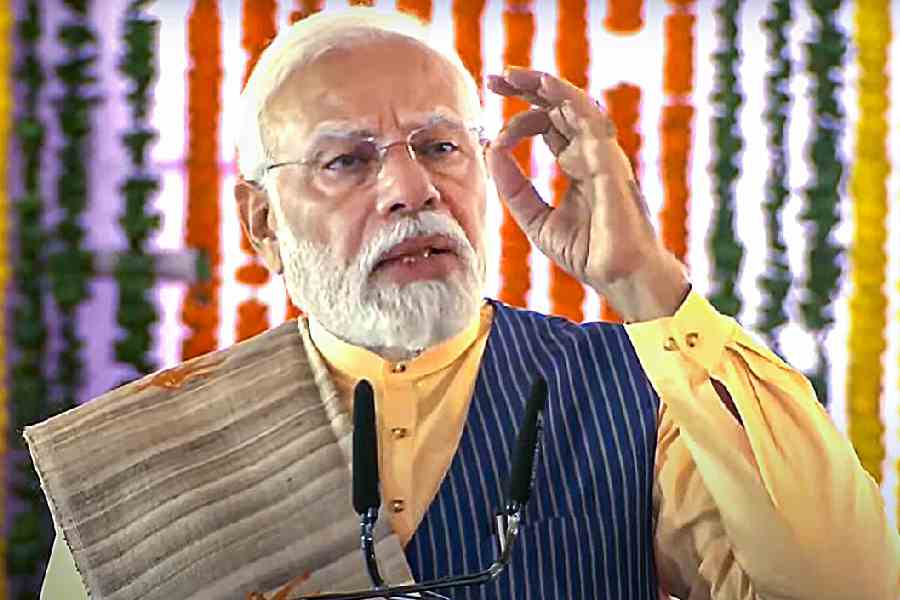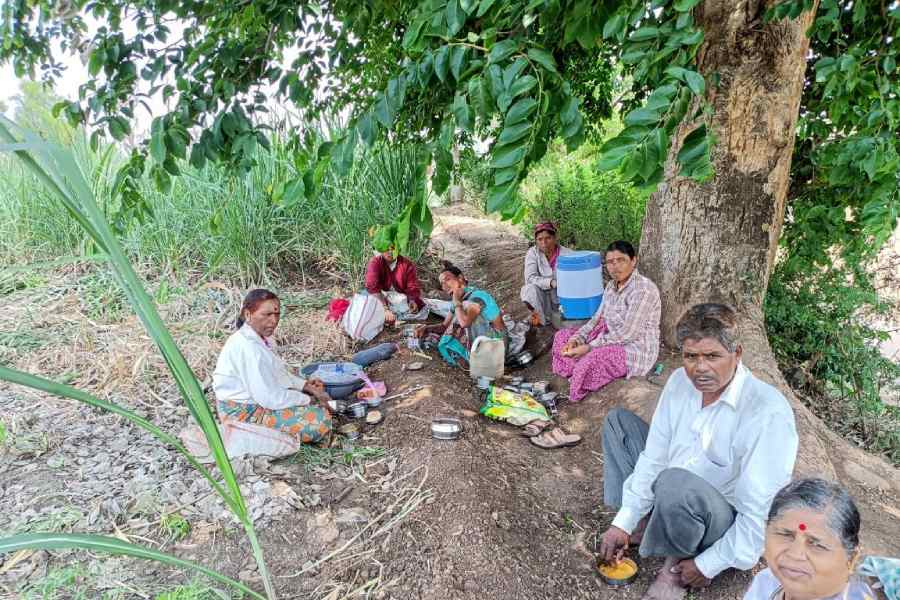The caste data released by the Bihar government has brought under scrutiny the Narendra Modi government’s delay in revision of the non-creamy layer criteria for Other Backward Classes and the introduction of the 10 per cent quota for the poor among the forward castes.
Rights groups like the All India OBC Employees Federation (AIOBCEF), Most Backward Classes Forum (MBCF) and the Jangid Brahmin Mahasabha (JBM) have also questioned why successive governments had not acted on a three-decade-old order to identify the artisan castes and put them outside the ambit of the creamy layer, considering their social backwardness irrespective of their income.
The Bihar caste data shows that 63 per cent of the population are OBCs, of which 36 per cent are Extremely Backward Classes (EBCs).
The central government offers 27 per cent reservation to OBCs in government jobs and admission to centrally funded educational institutions. However, candidates belonging to the creamy layer do not receive any quota benefits. According to a 1993 government order, those holding constitutional posts and those who are directly recruited as Group-A officers automatically fall in the creamy layer.
For others, the order prescribed an income-wealth criterion. Family income other than salary and earnings from agriculture sources should be below a threshold to claim quota benefits and for exclusion from the creamy layer. The current ceiling, which has to be revised every three years but was last amended in 2017, is Rs 8 lakh.
The 1993 order also laid down that the artisan communities would have to be identified and notified for them to be kept out of the purview of the creamy layer. So far, this identification has not been done.
G. Karunanidhy, secretary of the AIOBCEF, said the last time the creamy layer income criterion was revised was in September 2017, when the threshold had been raised from Rs 6 lakh. In reply to a question in the Lok Sabha in February this year, minister of state for social justice A. Narayanaswamy said the present criterion was sufficient.
“The data released by the Bihar government shows that OBCs constitute 63 per cent of the population. Nationally too, the OBCs have the highest share in the population. But their representation in senior positions in the government is very low. This is because the criterion for the non-creamy layer is too low. Despite our repeated letters, the criterion is not being revised,” Karunanidhy said.
Ahead of the 2019 Lok Sabha elections, the government had set up an expert committee to take a relook at the creamy layer criterion. The committee suggested increasing the limit to Rs 12 lakh and the inclusion of salary income in the family income. No decision has been taken yet.
Shashank Ratnoo, a Supreme Court advocate and an expert on reservation, said the 10 per cent quota for the Economically Weaker Sections (EWS) among the general category would come under question since the Bihar survey shows that they constitute only 15 per cent of the population.
“Fifteen per cent people are getting an exclusive 10 per cent quota while 85 per cent people from the Scheduled Castes, Scheduled Tribes and OBCs are getting 50 per cent quota. This irrationality will be questioned,” Ratnoo said.
He said the government would have to dump its proposal for revision of creamy layer norms by including salary income.
Prof. P.C. Patanjali, chairman of the MBCF, said the Bihar data had brought the EBCs into sharp focus. He demanded that the government notify the artisan castes.
“The EBCs will expect the government to show sincerity and implement the sub-categorisation of OBCs. The government has already got the Rohini Commission report. To control the damage, the BJP should implement that report,” Patanjali said. The commission had been set up to suggest how the 27 per cent reservation for OBCs can be split into sub-quotas. The report has not been made public yet.
Sanjay Harshwal from the JBM said a caste census must be conducted at the national level after the Bihar survey.
“The central government needs to conduct a caste census. Based on the caste data at the national level and the state levels, the reservation policy should be revisited. Those who have not got an opportunity in jobs or education can hope to join the mainstream only after a caste census at the national level,” Harshwal said.










